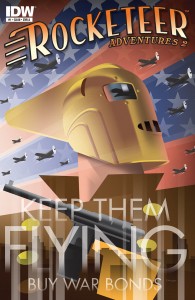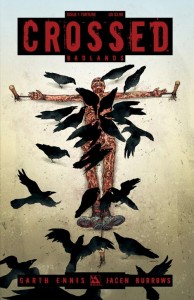 EDITOR’S NOTE: It is new comics day, which means that – wait! Look, up in the sky! It’s a bird! I normally get this excited, scream and bother passers-by when I see a bird! Oh, no; it’s one last comic review before the comic stores open, forget it.
EDITOR’S NOTE: It is new comics day, which means that – wait! Look, up in the sky! It’s a bird! I normally get this excited, scream and bother passers-by when I see a bird! Oh, no; it’s one last comic review before the comic stores open, forget it.
Superman #7 is the first issue with the new creative team of co-writers Keith Giffen and Dan Jurgens and art by Jesus Merino and, well, Dan Jurgens. These are a couple of old-school comics writers working on a brand new Superman, which arguably is what this book has been needing, and the classic flavor they bring to certain sequences of this book makes it somewhat endearing, but I’m guessing how you feel about it will likely depend on how much you’re digging the new, cocky, armored Superman, and how you feel about a villain with a classic feel… that feel being that of a Republic Serial villain chewing scenery like Robin Williams teething in the midst of a heroic Ritalin bender.
This book starts off with an definitive statement of “Bang!” by the new team, dropping us in the middle of a battle between Superman and some robot right on the streets of Metropolis. It’s an action-packed sequence with a visually satisfying amount of collateral property damage, while Superman internally soliloquizes about how the battle seems like merely an attempt to call him out… which would be an interesting plot point if this weren’t Superman, who, thanks to super hearing, can be called out by whispering, “Hey Superman! I’m on the corner of Weisinger and Swan, on my way to fuck yer moms!”









 Podcast RSS Feed
Podcast RSS Feed iTunes
iTunes Google Play
Google Play Stitcher
Stitcher TuneIn Radio
TuneIn Radio Android
Android Miro Media Player
Miro Media Player Comics Podcast Network
Comics Podcast Network